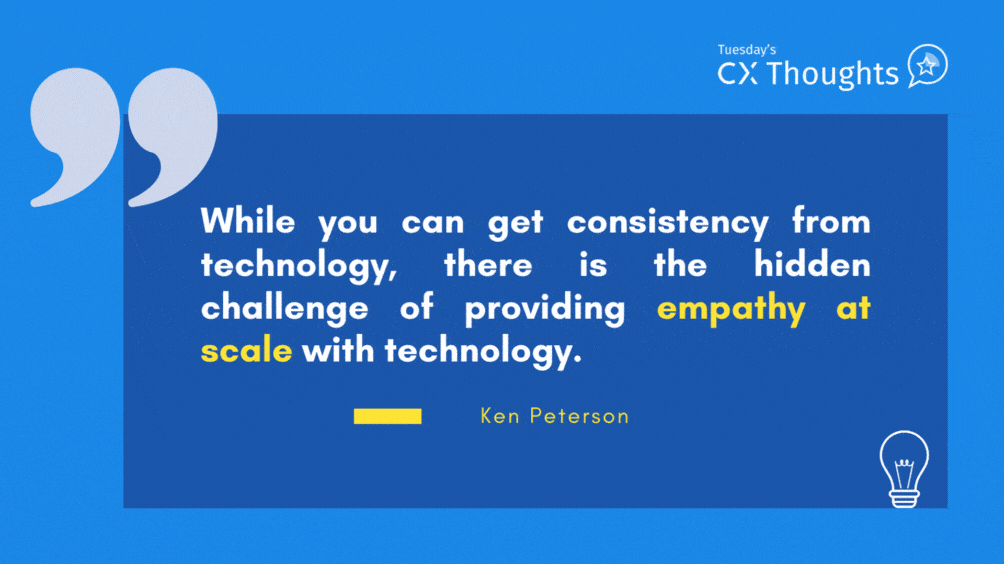 Reading Time: 4 minutes read
Reading Time: 4 minutes readEasy To Define
We are in the heart of the playoff run for baseball. Some teams are in a good position to make a run into the playoffs, and some are looking from the outside looking toward next year. Each side has 27 outs to outscore the competition. Despite most of the game surrounding runs and outs, the most commonly evaluated (and sometimes most controversial) call is the strike.
Fortunately, there is a simple definition for a strike in Major League Baseball:
The official strike zone is the area over home plate from the midpoint between a batter’s shoulders and the top of the uniform pants — when the batter is in his stance and prepared to swing at a pitched ball — and a point just below the kneecap. In order to get a strike call, part of the ball must cross over part of home plate while in the aforementioned area. Strikes and balls are called by the home-plate umpire after every pitch has passed the batter, unless the batter makes contact with the baseball (in which case the pitch is automatically a strike). – Source: Major League Baseball
That’s simple, right? If you’ve ever watched a baseball game, you’ll realize that it isn’t so simple – or consistent. One of the most frequent complains from teams and managers is “consistency” of the strike zone. I have not reviewed any statistics, but with the introduction of replay, in my observations, arguments about strike calls are the most common reason for player and manager rejections. How can that be since we have a clear definition? It is the human element that makes it inconsistent. The eyes of each umpire tends to look at the strikes zone from a different position, which will impact how each of them view the strike zone. You have different sized players in the batter’s box which will require a change in eye level and the catcher behind the plate will move around. Adding to the complexity of all this is the movement of the hitter and occasional attempts by the catcher to “frame” the pitch. We should not be surprised that fans – the consumers of the sport – are now asking for technology to make some of these calls.
Hard to Execute
Customer Experience can be the same way. We have all sorts of definitions of what a good customer experience should look like: understanding, empathy, response. We can define our customer experience strategy and decide what we need from a customer experience software platform to help enable the execution. We can use a customer journey template to create a sophisticated customer journey map covering all our customer experience touchpoints (the “definition”). Create a workflow for detractor tickets in our customer closed-loop feedback system so employees know exactly how to respond and when. We can even leverage the unique Outer Loop system provided by QuestionPro to take strategic actions.
Despite all these defined workflows and processes to support the customer journey, there is sometimes failure. It breaks down as a result of the same thing – the human element. In this case we have changing combinations of front-line service personnel, different managers overseeing execution and our umpires – the customers. Very much like the baseball analogy, each customer will bring a different perspective, their own “line of sight”, along with many varied expectations based on past experiences.
That human element changes everything – it brings inconsistency. It can lead to calls for more technology to make the experience more consistent (think self-checkout and the continued strength of e-commerce). On the research side of things, we try to add more of the human element with sentiment and social media analyses. Everything we can do for the Voice-of-the-Customer still requires that consistency and the occasional thing that will delight someone.
Strive for Consistency
Technology is one of those things that brands like to leverage for both cost reduction and consistency. Even some customers embrace these solutions, especially in areas where there has been so much inconsistency in the past. Think about how we place orders at a restaurant and realize that we are able to customize it better when we use technology. However, some will also expect the empathy and attention that comes from “live service”. While you can get that consistency from technology, there is a challenge of providing empathy at scale with technology. It is a key reason we introduced our QuestionPro exclusive NPS+, without the ability for everyone to read every comment from every customer, we instead have the customer define the root cause of their response – both good and bad.
Our approach allows for understanding and empathizing at scale and still accounts for the human element. When building out your customer experience management program there are three key elements to strive for:
- Definition
- Consistency
- Empathy
If we are able to meet expectations – both internally and internally – with these three elements, the customer experience KPIs will take care of themselves with the live service and the likelihood of happier customers, employees and managers will be greater.
Just like in baseball, there will always be a need for the umpires to manage the game and call players safe or out at the bases no matter how much technology avails itself.
Let’s Play Ball!
Did you know that QuestionPro XDay will be live and in-person this fall? Join us for a great lineup of speakers and panelists in Austin, TX on October 27th. Learn more about it here.





















